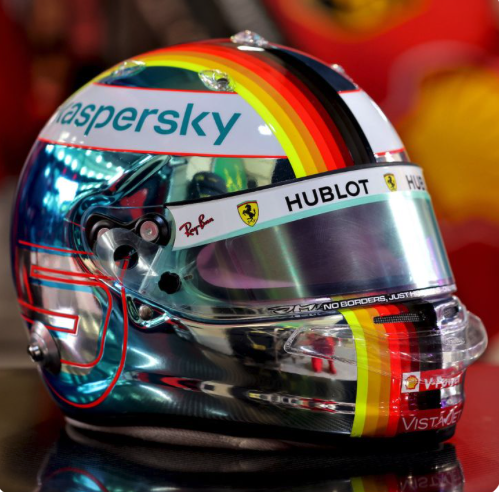In the world of Formula One racing, safety has always been a paramount concern. Over the years, the sport has witnessed significant advancements in technology, leading to the development of Formula One crash helmets that are not only stylish but, more importantly, highly effective in protecting drivers during high-speed collisions. In this blog post, we’ll take a thrilling ride through time to explore the evolution of these crucial safety gears, from the humble beginnings to the cutting-edge designs of today.
The Early Days: Leather Caps and Limited Protection
In the early days of Formula One, drivers wore leather caps that offered minimal protection. These caps were more symbolic than functional, providing little defense against the intense forces generated during crashes. As the speeds of the racing cars increased, it became evident that more robust headgear was necessary to safeguard the lives of the drivers.
1960s-1970s: The Introduction of Full-Face Helmets
The 1960s marked a significant turning point with the introduction of full-face helmets. Drivers like Graham Hill and Jackie Stewart embraced these new designs, which offered improved protection for the entire face. Safety engineers made helmets of fiberglass and were significantly sturdier than their predecessors. However, the advanced designs we see today was nowhere near the safety seen in the 60s and 70s.
1980s-1990s: Advancements in Materials and Aerodynamics
The 1980s saw the incorporation of advanced materials like carbon fiber into helmet designs. Carbon fiber helmets were not only incredibly strong but also lightweight, reducing strain on the neck muscles during high-speed races. Additionally, teams made aerodynamics a focal point, with helmets designed to reduce drag, allowing drivers to maintain optimal speed on the track.
2000s-Present: Technological Marvels and Enhanced Safety Features
In the 21st century, Formula One helmets have evolved into technological marvels. They are now made from composite materials that combine carbon fiber, Kevlar, and other high-tech elements, ensuring unparalleled strength and impact resistance. These helmets undergo rigorous testing to meet stringent safety standards set by organizations like the Fédération Internationale de l’Automobile (FIA).
Moreover, modern helmets are equipped with advanced features such as multiple impact absorbing layers, fire-resistant materials and advanced ventilation systems. The visors are made from polycarbonate materials, offering exceptional clarity and durability while protecting the driver’s eyes from debris and UV radiation.
The evolution of Formula One crash helmets from mere leather caps to high-tech safety shields represents a triumph of engineering and dedication to driver safety. As technology continues to advance, we can only anticipate even more sophisticated designs in the future. Formula One has come a long way since its early days, and the evolution of crash helmets stands as a testament to the sport’s commitment to protecting its greatest assets – the drivers.
Listen to our podcast available on all major platforms.

